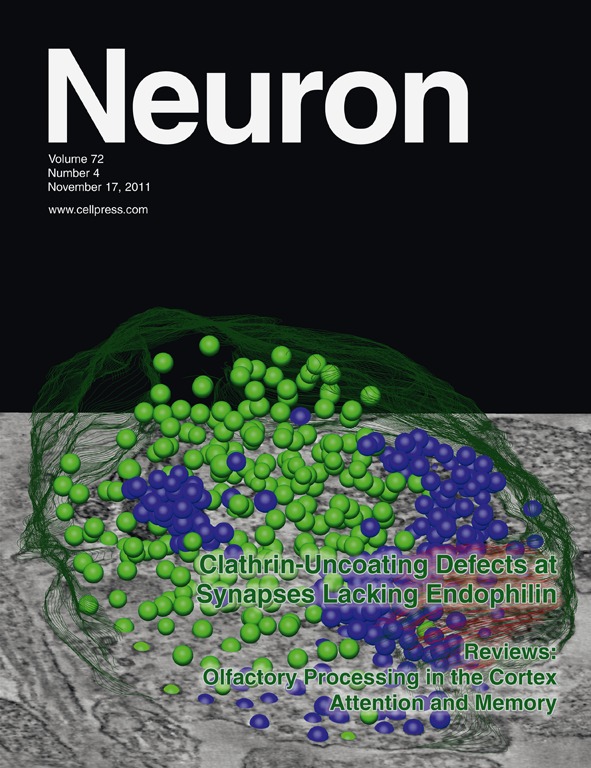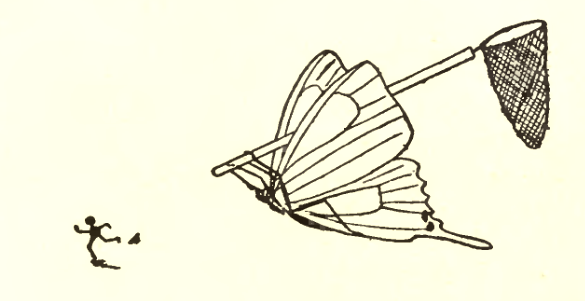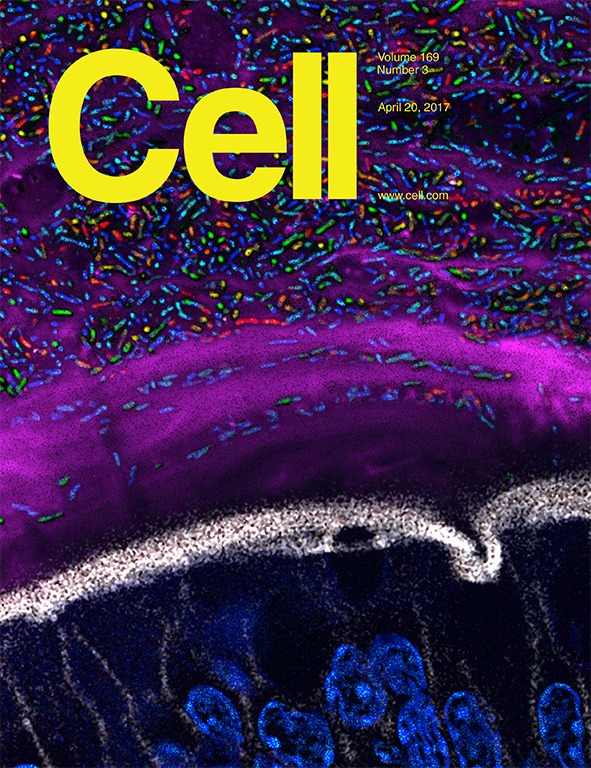A Cell Press journal quietly removed part of a funding statement from a paper related to gender-affirming hormone therapy that the authors say was included in error. Experts called the move “worrying.”
The authors of the paper, which appeared in Cell Reports on September 23, gave estrogen therapy to male monkeys to better understand how hormone therapies used in gender clinics might affect the immune system.
The research drew attention from several conservative news organizations, some of which called the project “disturbing” and alleged the work cost millions of dollars in National Institutes of Health funding.
Continue reading Journal removes funding statement from hormone therapy paper without issuing correction






 After being “blindsided” a few months ago when she was told one of her 2005 papers was going to be retracted, a researcher scrambled to get information about why. And when she didn’t like the answers, she took to PubPeer.
After being “blindsided” a few months ago when she was told one of her 2005 papers was going to be retracted, a researcher scrambled to get information about why. And when she didn’t like the answers, she took to PubPeer.
